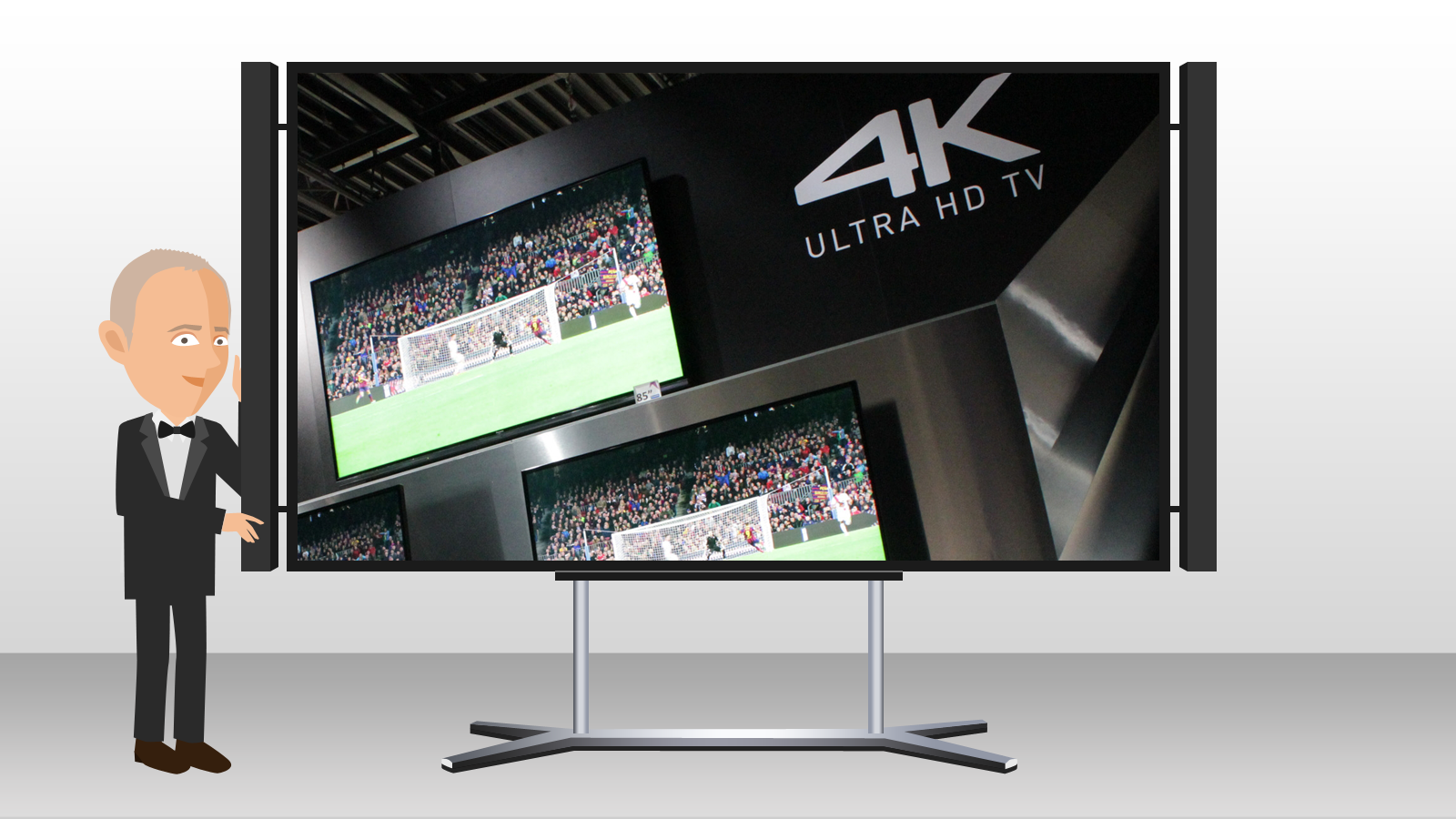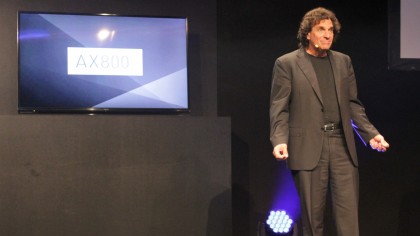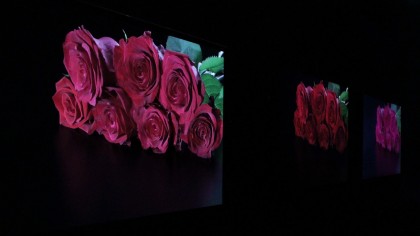
Hold the front page! It's not picture resolution that makes for a great TV image, but old chestnuts dynamic range and colour fidelity.
That was the message from TV calibration guru Joel Silver this week when he took to the stage at Panasonic's huge pan-European dealer convention in Amsterdam to support the company's new 4K TV launches.
In truth, it was probably not the message that Panasonic had anticipated when they invited the CEO and Founder of the Imaging Science Foundation along to talk 4K tech, but it made for a fascinating insight all the same.
"Resolution is actually the fourth and least important of the big four image parameters," declared Silver.
"The single most apparent thing you see in an image isn't detail but dynamic range, followed by colour saturation and fidelity. If fleshtones are off or there's even a hint of a greenish cast in yellows, images have no chance of looking lifelike. These factors make or break TV images."

Some things never change
"We're still watching the same number of TV pictures per second as we were over 80 years ago"
He's right of course. In the dry world of calibration getting the aforementioned basics right is a prerequisite, but that 4K resolution hike remains the single biggest reason to upgrade your TV. Luckily Ultra HD is about far more than picture detail.
Get daily insight, inspiration and deals in your inbox
Sign up for breaking news, reviews, opinion, top tech deals, and more.
"We're still watching the same number of TV pictures per second as we were over 80 years ago," he points out.
"UHD TV broadcasting will bring twice as many pictures per second, which will make things like sport significantly smoother. We're also currently losing three quarters of all colour information on televisions. Even with Blu-ray, we're only getting one out of every four pixels of colour information. We use nice terms like spatial interpolation, but in reality 75 per cent of pixels are made up as we go along and we're getting softer pictures because of that. We'll go beyond that one day when we get all the colour information on all our screens thanks, to Ultra HD."
Silver doesn't subscribe to the 4K curved mantra either. "It's a single person viewer experience," he confided to me while salivating over Panasonic's 4K capable GH4 compact system camera. "It's about marketing, not physics…"
Panasonic announced two (flat, naturally) 4K TV ranges at its Amsterdam shindig. The first, branded AX802, launches this spring, with the step-up AX902 still in development.
Predictably, the brand made more noise about being able to exceed the image quality of its now defunct plasma panels. To prove its point it staged a darkroom rematch between the 2013 WT600 4K TV, upcoming AX902 and premium ZT65 plasma.
The aim was to prove the new flagship exceeded the performance of its lauded PDP forebear. However while beautiful, The Set That Would Be King didn't quite deliver the knockout blow seen at CES.

Still no OLED from Panasonic
In terms of shadow detail, the Full HD ZT65 edged ahead. Still, I was told, the AX902 won't actually be good to go until this year's IFA tech expo in Berlin. This gives the brand's reassigned plasma engineers plenty of time to fine tune their LED tech.
One screen technology still conspicuous by its absence at the Panasonic dealer fest was OLED. While the company showed an undulating convex/concave proof-of-concept OLED wall, there was zero talk of OLED consumer tellies.
This, it transpires, is because the technology just doesn't yet offer anywhere near the quality leap that would justify its cost. At least that's what I was told by Yuki Kusumi, Director of Panasonic's TV Business Division.
OLED remains ruinously expensive to commercialise, he says. "It requires a lot of money to be invested in panel factories, so the panel price point will remain much, much higher than LCD. And from a user's viewpoint such an expensive panel should also offer much higher picture quality."
At this moment consumers can buy a curved OLED TV but it's only 1080p and its DCI colour space coverage is limited to something like 71 per cent.
"Compare that to our 2014 LCD LED products which are 4K and have a DCI coverage of 98 per cent. Which would you prefer?" he asks. "When we launch an OLED consumer display product – I don't call it a TV – it will offer very accurate colour reproduction and be 4K…or more than 4K!"
And if that's not a subtle tease for an 8K OLED timed to coincide with the 2020 Tokyo Olympics, then I'm a Dutchman.
Now read: Panasonic says current OLED TVs are a strange compromise
Steve has been writing about AV and home cinema since the dawn of time, or more accurately, since the glory days of VHS and Betamax. He has strong opinions on the latest TV technology, Hi-Fi and Blu-ray/media players, and likes nothing better than to crank up his ludicrously powerful home theatre system to binge-watch TV shows.
